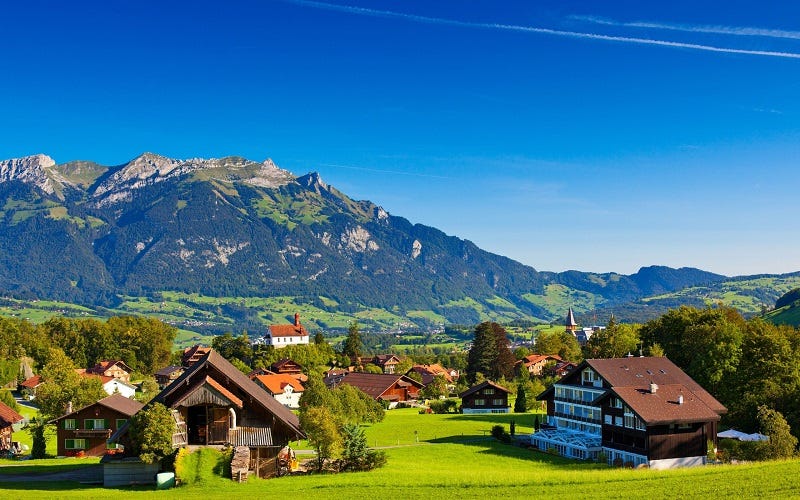Understanding Casteò: Tradition Meets Modernity
When it comes to examining societal structures and cultural identities, few concepts are as compelling and multifaceted as Casteò. This intricate idea intricately weaves together ancient customs and the rapid pace of contemporary life, offering a unique lens through which we can explore the intersection of tradition and modernity. Casteò serves as a bridge, connecting the past to the present, and providing insights into how these two realms coexist and influence each other.
Origins
Casteò is not a term that you’ll find in many textbooks, but its essence can be traced back to historical caste systems and the way they have evolved. Traditionally, castes have been rigid social stratifications, often associated with specific roles, duties, and lifestyles. These systems were deeply ingrained in various cultures, dictating social interactions, economic status, and even personal identities.
Evolution
While the traditional caste systems were often strict and unyielding, the concept of Casteò represents their evolution. In modern times, the boundaries of these social structures have become more fluid, influenced by globalization, technology, and changing societal norms. This evolution does not erase the past but rather transforms it, creating a new dynamic where old traditions and contemporary values intersect.
Identity
At its core, Casteò is about identity. It’s about understanding who we are within the context of our heritage and our present-day surroundings. For many, this means balancing respect for traditional roles with the desire to forge new paths. It’s about recognizing the value in ancient customs while embracing the freedoms and opportunities of modern society.
Conflict
One of the most intriguing aspects of Casteò is the inherent conflict it embodies. There is often tension between the desire to preserve cultural traditions and the need to adapt to modern realities. This conflict can manifest in various ways, from family expectations to career choices, and even in the way communities interact with each other. Understanding this conflict is key to understanding Casteò itself.
Integration
Despite the conflicts, there are numerous examples of successful integration of traditional and modern values. This is evident in how many communities celebrate their heritage through festivals, rituals, and customs, while also embracing contemporary lifestyles. These integrations showcase the resilience and adaptability of cultures, highlighting the potential for harmony between the old and the new.
Technology
The role of technology in shaping Casteò cannot be overstated. Social media, for instance, has become a powerful tool for individuals to explore and express their identities. It allows for the sharing of cultural practices on a global scale, fostering a greater understanding and appreciation of diverse traditions. At the same time, technology challenges traditional boundaries, pushing societies toward more inclusive and equitable structures.
Education
Education plays a pivotal role in the evolution of Casteò. As access to education expands, it opens doors for individuals from traditionally marginalized communities, providing them with opportunities to break free from historical constraints. This shift is crucial for the continued development of more equitable and dynamic social structures.
Future
Looking to the future, the concept of Casteò will continue to evolve. As societies progress, the balance between tradition and modernity will remain a central theme. The challenge will be to ensure that this evolution fosters inclusivity and respects the rich tapestry of cultural identities.
Conclusion
Casteò is more than just a concept; it’s a living, breathing narrative that reflects the ongoing journey of societies around the world. It reminds us that our identities are complex and multifaceted, shaped by both the legacies of the past and the innovations of the present. By understanding and embracing Casteò, we can navigate the complexities of our world with greater insight and compassion, appreciating the richness of our diverse heritages while forging a path toward a more inclusive and harmonious future.






